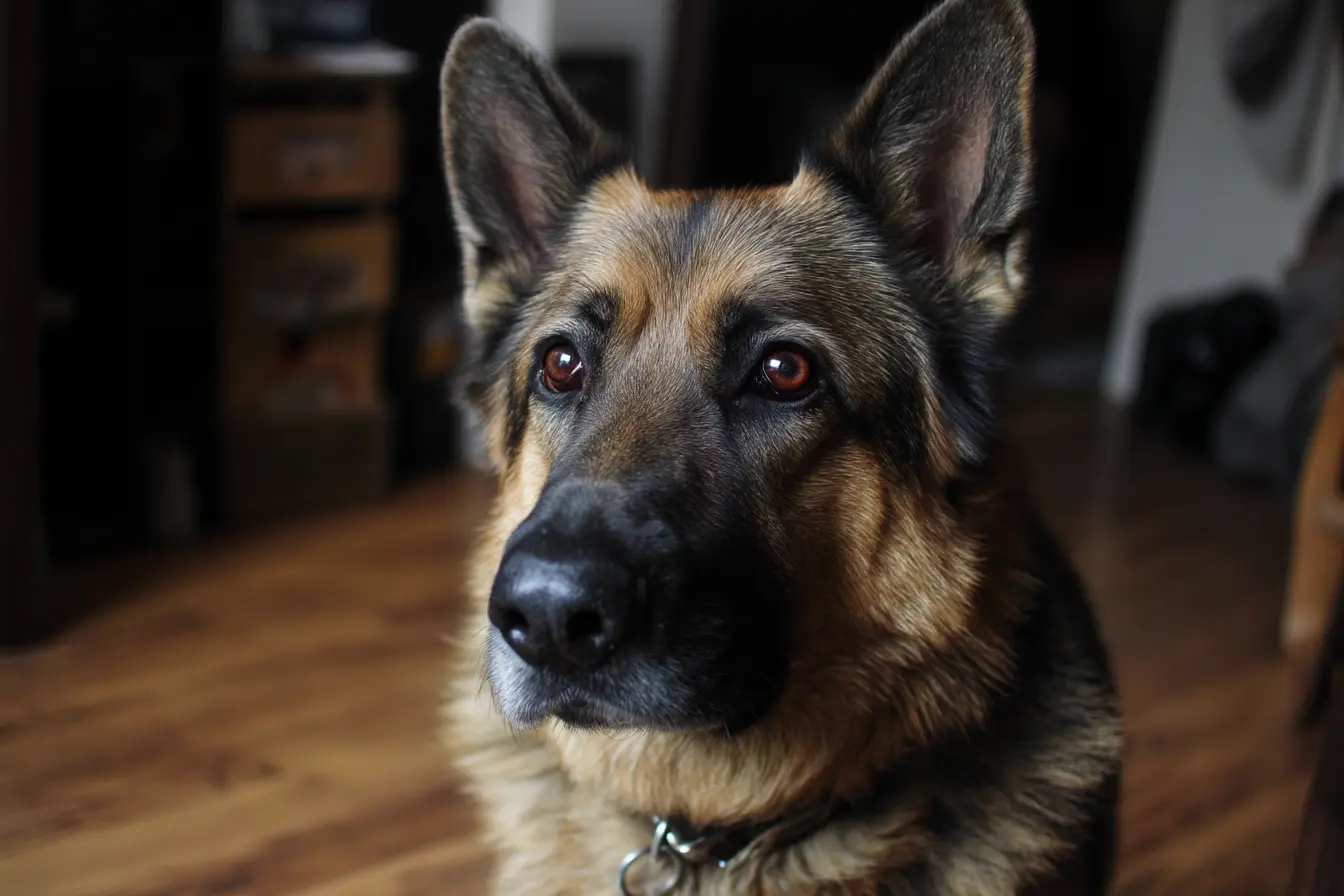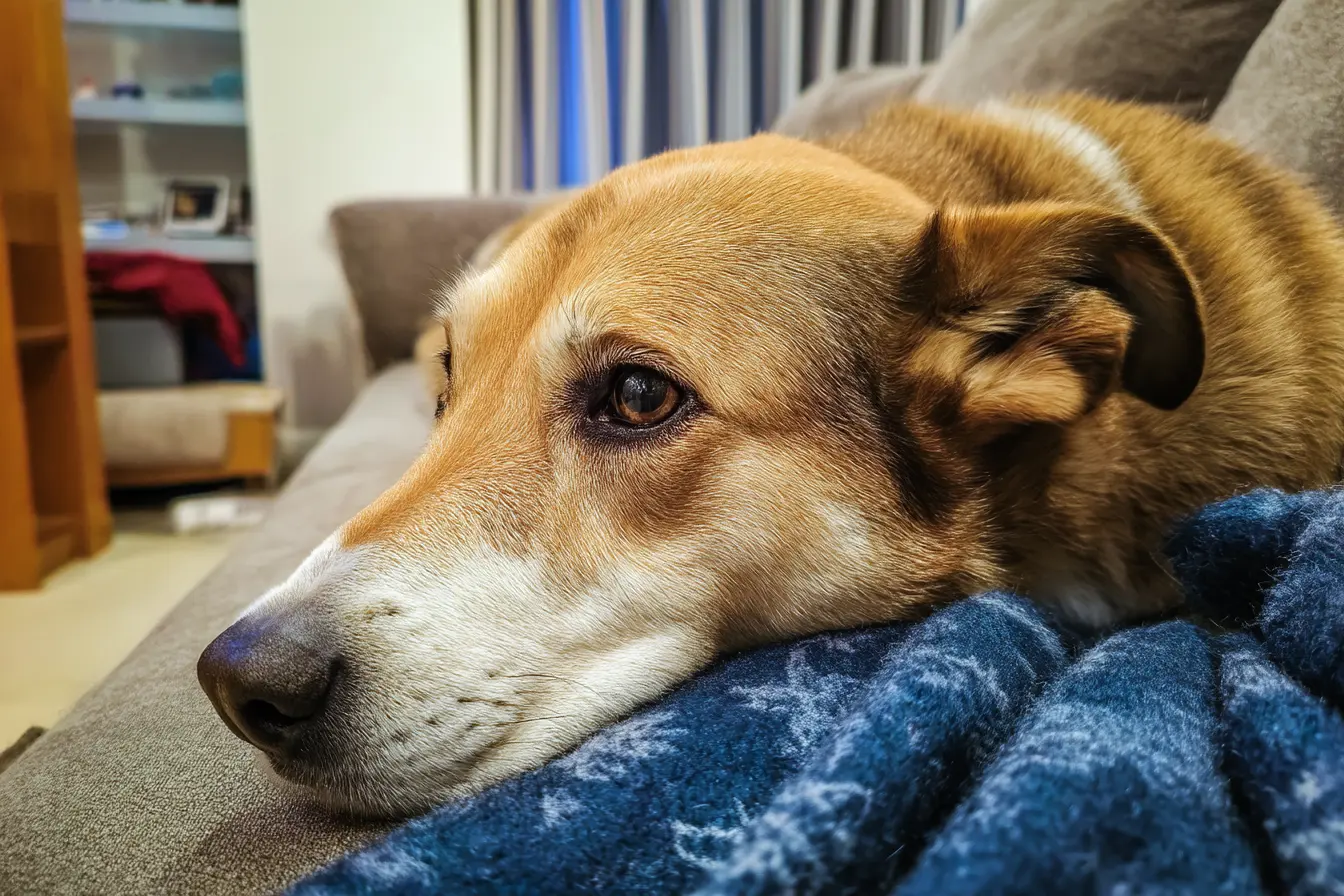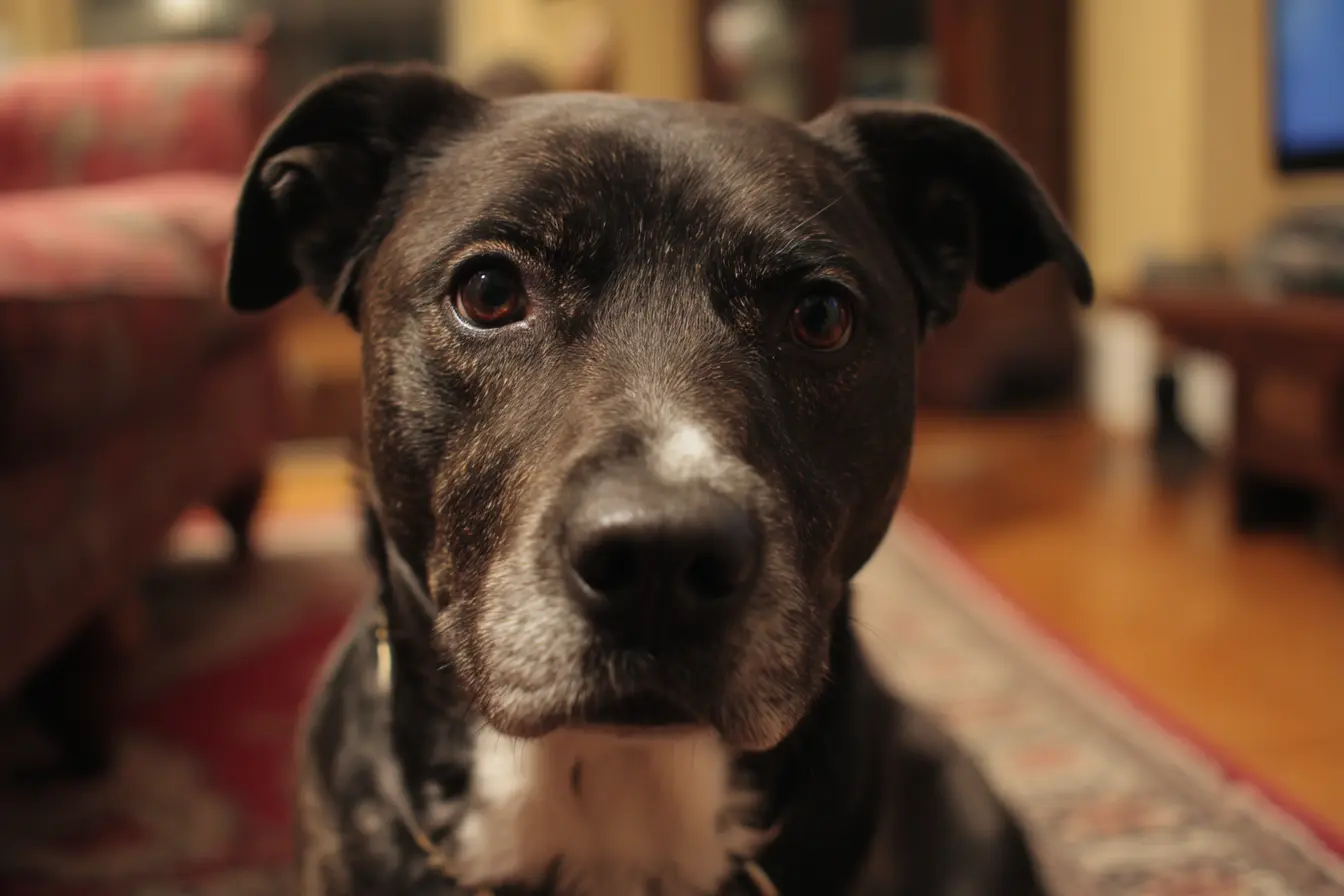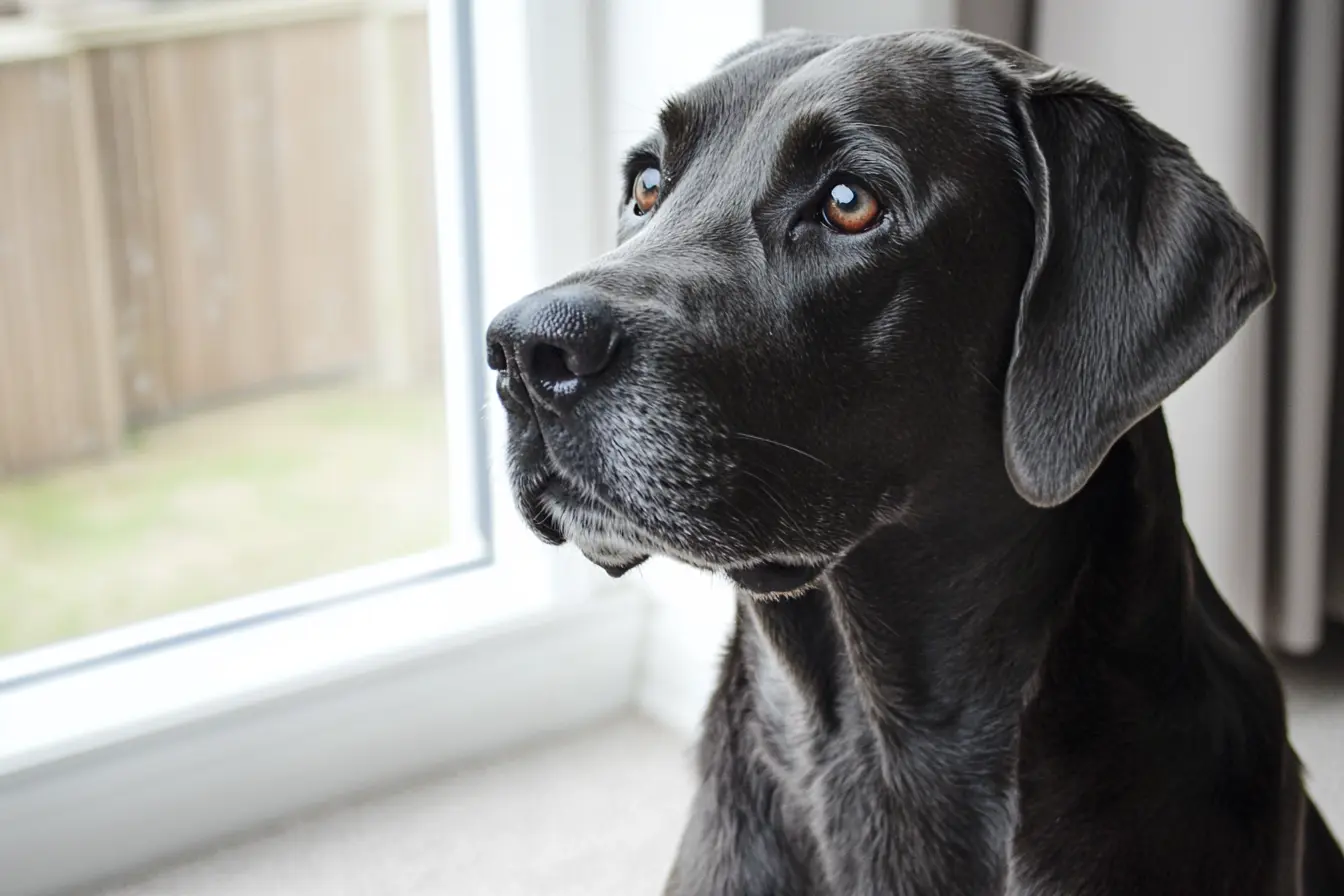
Gastric Dilatation-Volvulus (Bloat) in Dogs: Causes, Symptoms, Treatment, and Prevention
Gastric dilatation-volvulus, commonly known as bloat, is a life-threatening emergency that occurs when a dog's stomach fills with gas, fluid, or food and then twists on itself. This twisting cuts off blood supply to the stomach and other organs, leading to rapid deterioration and potentially fatal consequences if not treated immediately.
Understanding the causes, recognising the symptoms, and knowing how to prevent bloat can save a dog's life. This guide covers everything dog owners need to know about gastric dilatation-volvulus, including risk factors, treatment options, and preventive measures.
What is gastric dilatation-volvulus
Gastric dilatation-volvulus occurs in two stages. The first stage is gastric dilatation, which happens when the stomach expands with gas, food, or fluid. The second stage is volvulus, which occurs when the stomach twists, cutting off blood supply to the stomach and surrounding organs.
Once volvulus occurs, the condition becomes an emergency. The twisted stomach prevents gas from escaping, increases pressure, and reduces blood flow, leading to tissue death and toxic shock.
Causes and risk factors for gastric dilatation-volvulus
The exact cause of bloat is not fully understood, but several factors increase the risk.
Common risk factors
- Large and deep-chested breeds such as Great Danes, German Shepherds, Boxers, and Dobermans are more susceptible
- Eating too quickly can cause dogs to swallow excess air, increasing stomach distension
- One large meal per day instead of smaller, frequent meals may contribute to an increased risk
- Exercise after eating can cause the stomach to move and potentially twist
- Stress and anxiety may contribute, particularly in nervous or high-strung dogs
- A family history of bloat increases the likelihood of developing the condition
Dogs that have experienced bloat once are at a higher risk of developing it again.
Symptoms of gastric dilatation-volvulus
Bloat develops rapidly, and early detection is crucial for survival.
Early warning signs
- Restlessness and pacing
- Drooling excessively
- Unsuccessful attempts to vomit or retch
- Swollen or distended abdomen
- Signs of discomfort, such as whining or looking at the stomach
Advanced symptoms
- Rapid breathing or panting
- Pale gums, indicating poor circulation
- Weakness or collapse
- Increased heart rate
- Signs of shock, such as cold paws or unresponsiveness
Once bloat progresses to volvulus, death can occur within hours without emergency treatment.
Diagnosing gastric dilatation-volvulus
A vet will diagnose bloat based on clinical signs and diagnostic imaging.
Common diagnostic methods
- Physical examination to check for a distended abdomen and signs of pain
- X-rays to confirm stomach dilation and twisting
- Blood tests to assess organ function and detect signs of shock
Early diagnosis and immediate intervention significantly improve survival chances.
Emergency treatment for gastric dilatation-volvulus
Dogs with bloat require immediate veterinary treatment.
Emergency stabilisation
- Intravenous fluids to maintain blood pressure and prevent shock
- Oxygen therapy if the dog is experiencing respiratory distress
- Pain relief medication to manage discomfort
Stomach decompression
- A vet may insert a stomach tube to release trapped gas if the stomach has not twisted
- In cases of volvulus, a vet may use a needle to release gas before surgery
Surgery
- Gastropexy surgery is performed to untwist the stomach and secure it to the abdominal wall, preventing future twisting
- If parts of the stomach or spleen have died due to lack of blood flow, removal of damaged tissue may be necessary
Without surgical intervention, survival rates are extremely low.
Recovery and aftercare
Dogs that survive bloat require careful post-operative management and ongoing monitoring.
Post-surgery care
- Restricted activity for several weeks to allow healing
- Feeding small, frequent meals instead of large portions
- Close monitoring for signs of complications such as infection or digestive issues
Many dogs recover well after surgery, but owners must remain vigilant as bloat can sometimes recur.
How to prevent gastric dilatation-volvulus
While bloat cannot always be prevented, taking precautions can significantly reduce the risk.
Feeding strategies
- Feed two or more small meals per day instead of one large meal
- Use a slow feeder bowl to prevent fast eating
- Avoid allowing dogs to drink excessive amounts of water immediately before or after meals
Lifestyle adjustments
- Avoid vigorous exercise for at least an hour before and after meals
- Reduce stress and anxiety, particularly in dogs prone to nervous behaviour
- Provide a calm eating environment to prevent dogs from gulping food too quickly
Preventative surgery
- Gastropexy surgery is recommended for high-risk breeds to prevent the stomach from twisting. This can be performed during routine neutering or spaying
When to seek emergency veterinary care
A vet should be contacted immediately if a dog shows any of the following signs
- A swollen or hard abdomen
- Unsuccessful attempts to vomit
- Excessive drooling and restlessness
- Weakness or signs of collapse
Gastric dilatation-volvulus is a life-threatening emergency, and every minute counts.
Conclusion
Gastric dilatation-volvulus is one of the most serious medical emergencies in dogs. Large and deep-chested breeds are particularly at risk, but bloat can occur in any dog. Understanding the causes, symptoms, and emergency treatment options is essential for all dog owners.
By feeding smaller meals, slowing down eating, avoiding exercise after meals, and considering preventative surgery for high-risk breeds, the chances of bloat can be significantly reduced. If bloat is suspected, seeking immediate veterinary care is the only way to save a dog’s life.
Contents
- What is gastric dilatation-volvulus
- Causes and risk factors for gastric dilatation-volvulus
- Symptoms of gastric dilatation-volvulus
- Diagnosing gastric dilatation-volvulus
- Emergency treatment for gastric dilatation-volvulus
- Recovery and aftercare
- How to prevent gastric dilatation-volvulus
- When to seek emergency veterinary care
- Conclusion
Tags
Vets near you
Speciality vets
- Aquatics vet specialists
- Birds vet specialists
- Camelids vet specialists
- Cats vet specialists
- Cattle vet specialists
- Deer vet specialists
- Dogs vet specialists
- Equines vet specialists
- Exotic vet specialists
- Goats vet specialists
- Pigs vet specialists
- Poultry vet specialists
- Sheep vet specialists
- Small Mammals vet specialists
- Wild vet specialists



